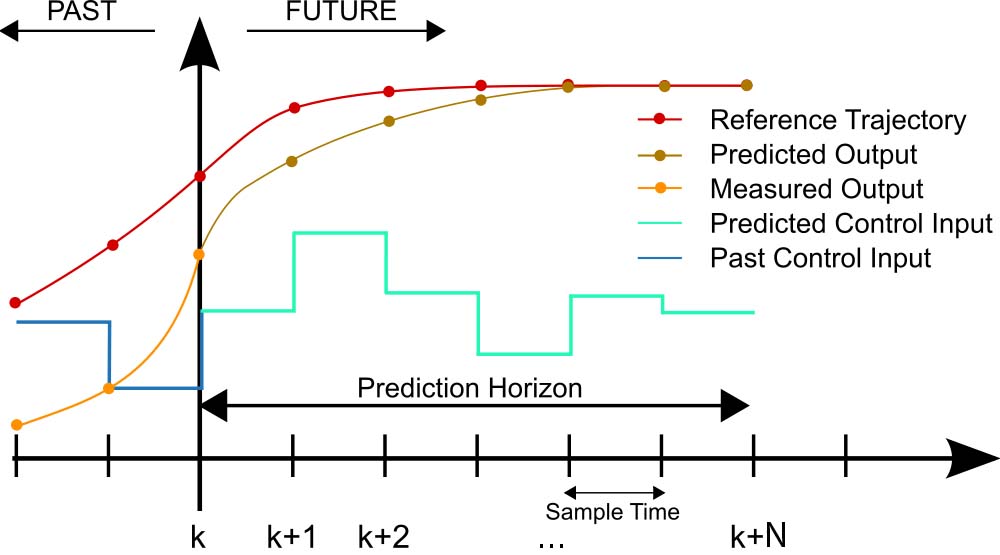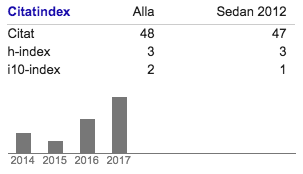Daniel Simon
Control systems that helps the pilot to fly safely
Control systems in modern aircraft inhibit the pilot to make a hasty maneuver that compromise the safety. It is particularly important in fighter aircraft where the pilot could be forced to maneuver the aircraft on the borderline of what the design can handle. Automatic control methods from the process industry are now adapted to suit the aerospace industry.
One of the most important factors when designing an aircraft is that the aircraft should be easy and safe to fly. Therefore, it is of utmost importance to design the control system sutch that the pilot can not put the aircraft in a situation that jeopardise safety. Such a situation may be that the pilot controls the aircraft so that it loses its lift force and thus their ability to fly or that strong turbulence puts excessive strain on the airframe.
This is especially important also in the design of control systems for fighter aircraft. These require maximum maneuverability in order to have the upper hand in a dogfight or when they have to outsmart an enemy missile. The pilot maneuvers the aircraft very close to the limit of what craft is capable of and automatic protection, so-called flight evelope protection, against getting into a hazardous situation is a necessity.
In my research, I study how using intelligent computer algorithms in aircraft control systems can be used to prevent the airplane from exceeding the limitations in the design and end up in a hazardous condition.
Model Predictive Control
One way to do this is with the so-called Model predictive control (MPC), which has been successfully used in the process industry. Model predictive control means in practice that the computer tries to predict the aircraft's future movements and based on that finding the best control commands so that no limitations are exceeded while the pilot's wishes as far as possible are followed.
 This is done by formulating a mathematical optimization problem where one wants to minimize the difference between the pilot's preference and the prediction of the aircraft's future behavior. Constraints to this optimization problem is the aircraft dynamics and any limitations that may exist in the system. This optimization problem is solved in the airplane's control computer as soon as new measurements are available, that is, many times each second. These optimization problems are complex and require a lot of computational power. A major challenge is therefore to make them simpler and more suited for the aerospace industry.
This is done by formulating a mathematical optimization problem where one wants to minimize the difference between the pilot's preference and the prediction of the aircraft's future behavior. Constraints to this optimization problem is the aircraft dynamics and any limitations that may exist in the system. This optimization problem is solved in the airplane's control computer as soon as new measurements are available, that is, many times each second. These optimization problems are complex and require a lot of computational power. A major challenge is therefore to make them simpler and more suited for the aerospace industry.
My research
In my research I focus on the theoretical properties of the optimization problems that MPC result in. I try to adapt these optimization problems so they should be relatively easy to solve, while they should deal with the specific problems in the aerospace industry. For more detailed information about my research to see my research page.

PhD Student in Automatic Control
- Phone:
- +46 13 281892
- E-mail:

- Address:
- Dept. of Electrical Engineering
- Linköping University
- SE-581 83 Linköping
- Sweden
- Visiting Address:
- Campus Valla
- Building B
- Room 2A:538 (in the A corridor on the ground floor between entrance 27 and 29)
Citations

Page responsible: Daniel Simon
Last updated: 2014-12-10
 LiU startsida
LiU startsida
